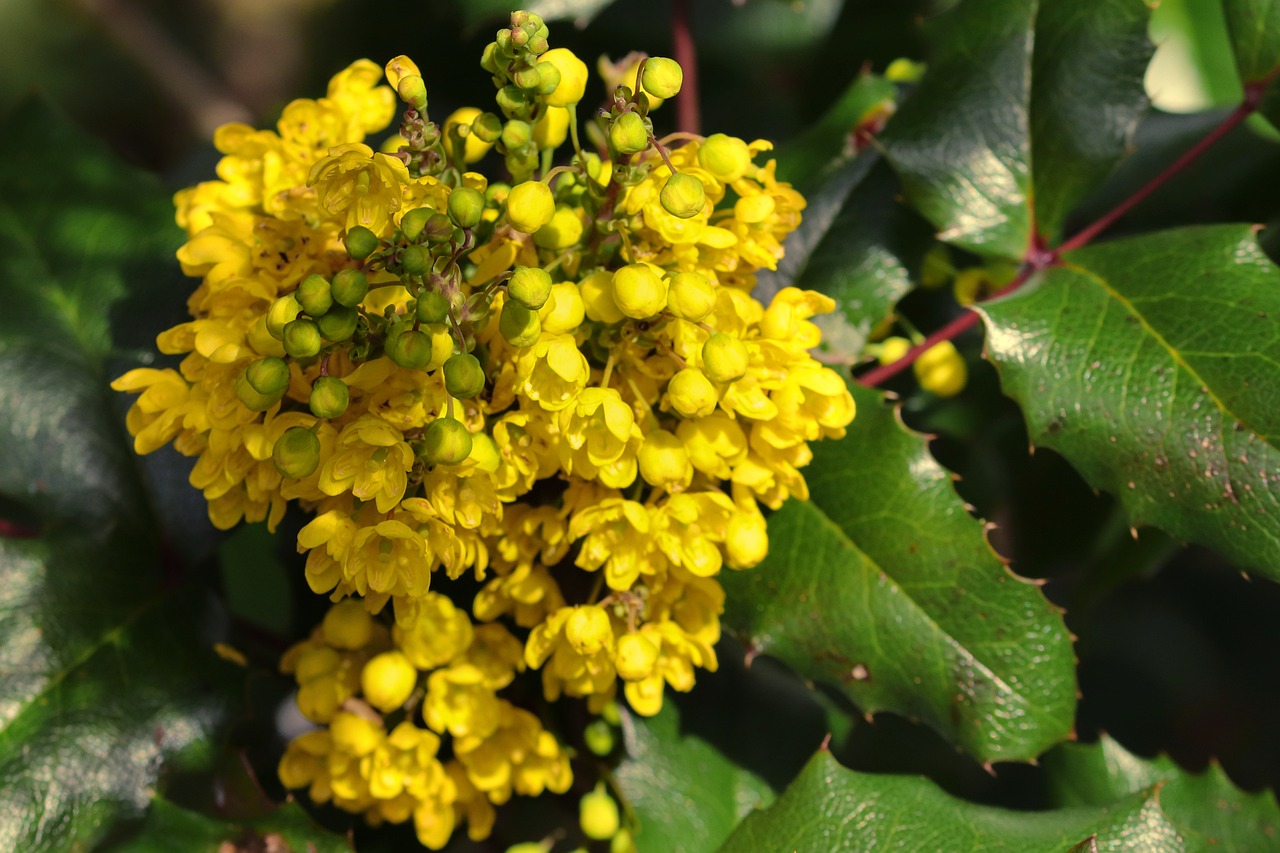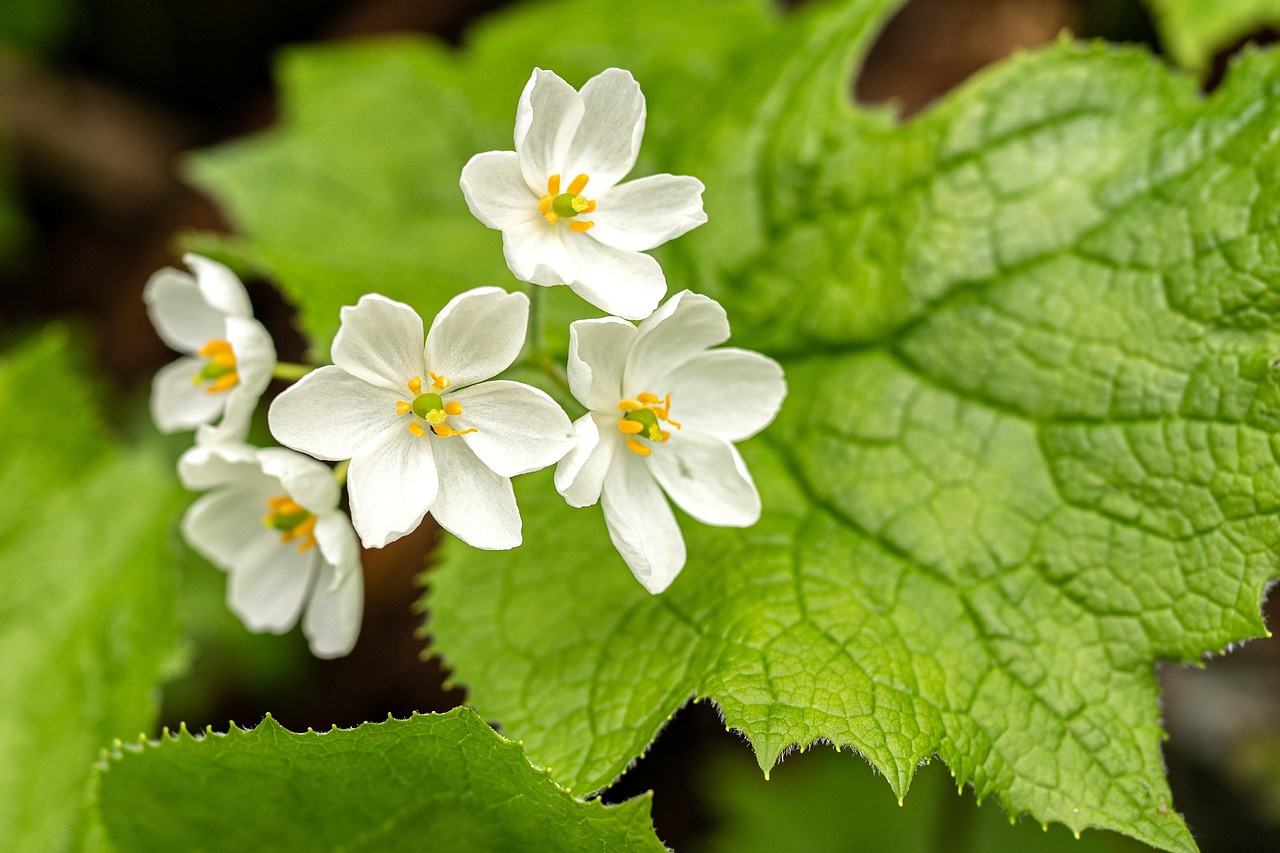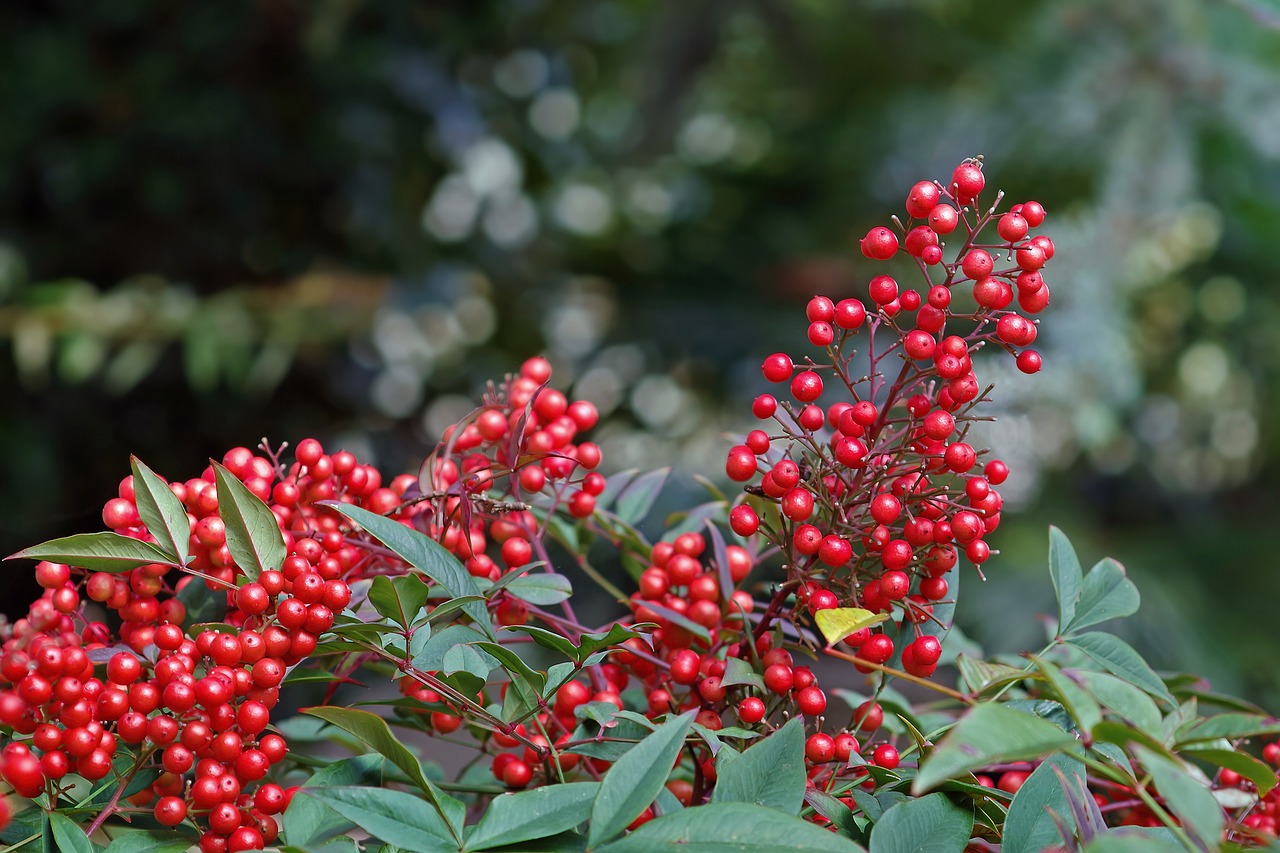Mahonia japonica | An Evergreen Blossom with Exotic Origins, Fragrant in Edo Gardens
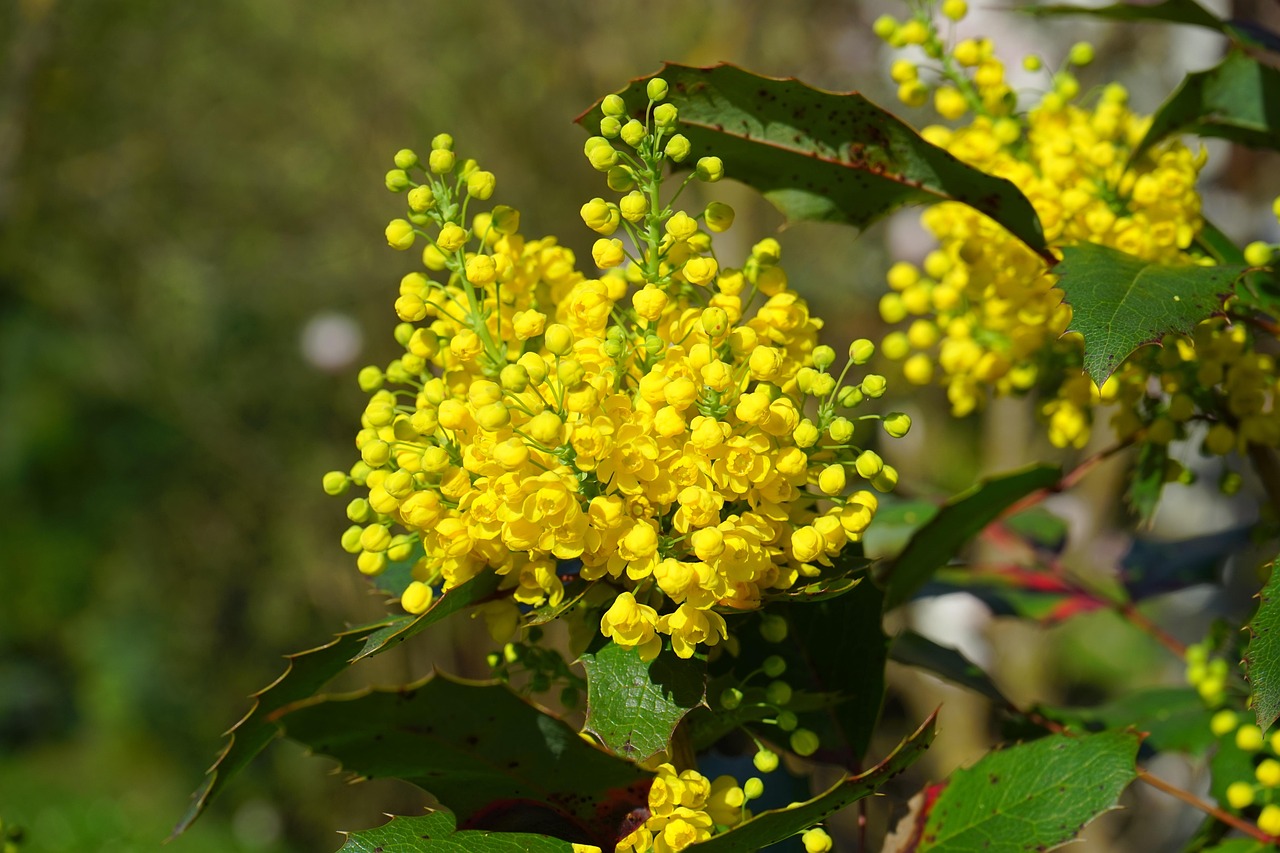
I introduce Mahonia japonica, an evergreen shrub that blooms with vivid flowers even in the cold of winter.
With its spiny, leathery leaves and clusters of yellow flowers, this plant has long been appreciated for its ornamental value, adding seasonal color during the transition between winter and spring.
In this article, I will explain in detail the morphological features of Mahonia japonica, its cultural and historical background, and its cultivation in gardening.
Basic Information
- Scientific names: Mahonia japonica (native to Japan) / Mahonia aquifolium (native to North America)
- Family: Berberidaceae
- Origin: East Asia (Japan, China, etc.), western North America
- Appearance: Glossy leaves with sharp spines reminiscent of holly, which gave rise to its Japanese name. The foliage changes from deep green to reddish tones depending on the season. From winter to early spring, yellow racemes hang gracefully from the branch tips. After flowering, dark purple fruits often appear, adding visual interest.
- Blooming season: December to March
Cultural Significance Around the World
Mahonia has played an important role in gardening and landscape design worldwide.
In European countries such as the United Kingdom, Germany, and France, it has been valued as an evergreen shrub that provides greenery even in cold seasons, often used for garden borders and public parks.
In the United States, Mahonia aquifolium is widely known as the “Oregon grape,” the state flower of Oregon, and is commonly planted in public green spaces.
In East Asia, its sharp leaves and evergreen nature made it useful as a natural barrier or boundary tree. In Japanese gardens since the Edo period, it was valued for retaining greenery in winter and was planted as a seasonal accent, especially for its striking yellow flowers against snowy landscapes.
Historical Episodes
The history of Mahonia reflects the intersection of Eastern and Western horticultural traditions.
Mahonia japonica is native to Japan and China, and its presence is recorded in Edo-period texts. It was often planted in temple and samurai residences, sometimes serving as a protective hedge.
On the other hand, Mahonia aquifolium originated in North America and became known after being collected by explorers and botanists Lewis and Clark in the early 19th century. Indigenous peoples of Oregon valued it as an important resource.
By the mid-19th century, it was introduced into Europe, where it gained popularity during the Victorian era as a hardy ornamental plant. Crossbreeding between these species later produced hybrids (e.g., Mahonia × media), which are now widely cultivated.
Gardening Advice
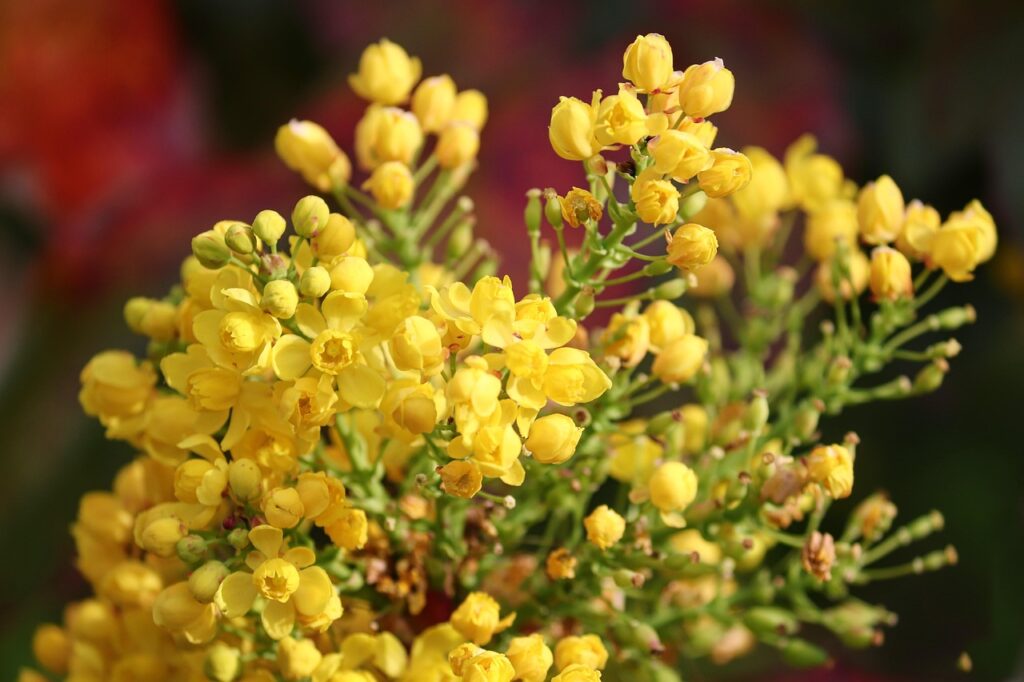
Mahonia japonica is relatively tolerant of shade and easy to manage as a garden shrub. With proper care, it retains its beauty throughout the year.
Light
Prefers bright partial shade. It tolerates full sun but should be protected from harsh summer rays.
Watering
Avoid overwatering; water thoroughly only when the soil surface is dry. Well-drained soil ensures long-term health.
Soil
Prefers soil with balanced drainage and moisture retention. Incorporating leaf mold or bark compost is effective. Slightly acidic to neutral soil is ideal.
Fertilizer
Apply slow-release fertilizer at the base in spring and autumn. Excess fertilization may cause weak branches or irregular leaf color.
Pruning
After flowering, thin out overgrown or dead branches. Annual rejuvenation pruning maintains shape.
Winter care
Hardy, but in regions with severe frost, provide protection to prevent leaf damage. Potted plants should be moved under shelter in winter.
Conclusion
Mahonia japonica is an evergreen shrub of the Berberidaceae family, native to East Asia and North America, admired for its sharp leaves and bright yellow flowers.
It represents a cultural bridge between traditional East Asian gardens and 19th-century Western horticulture. With attentive care, I can enjoy its beauty for many years, whether in private gardens or urban landscapes, where diverse cultivars are now widely available.

